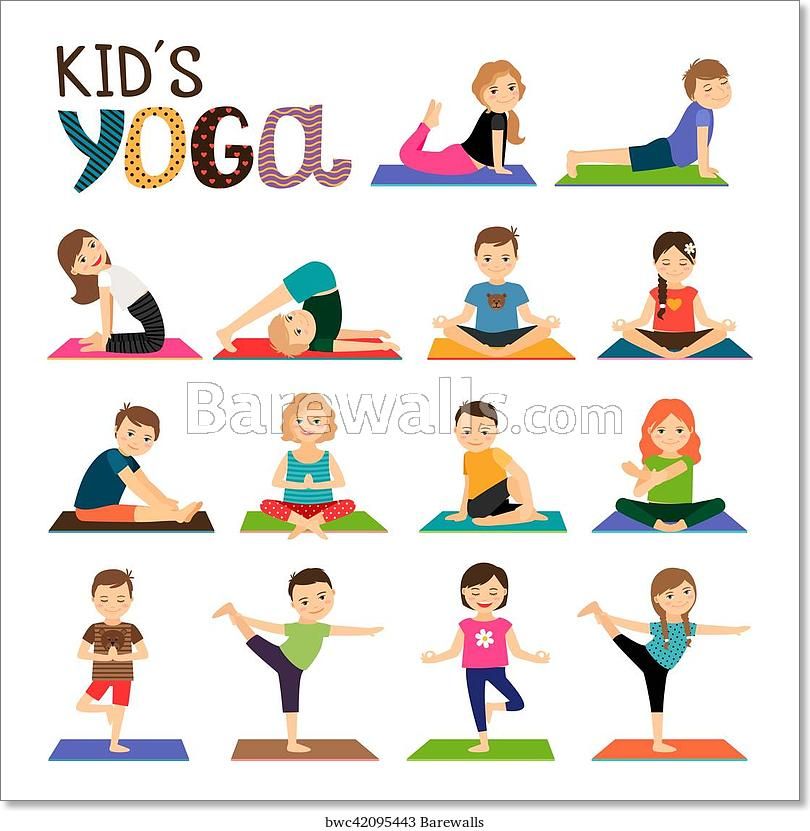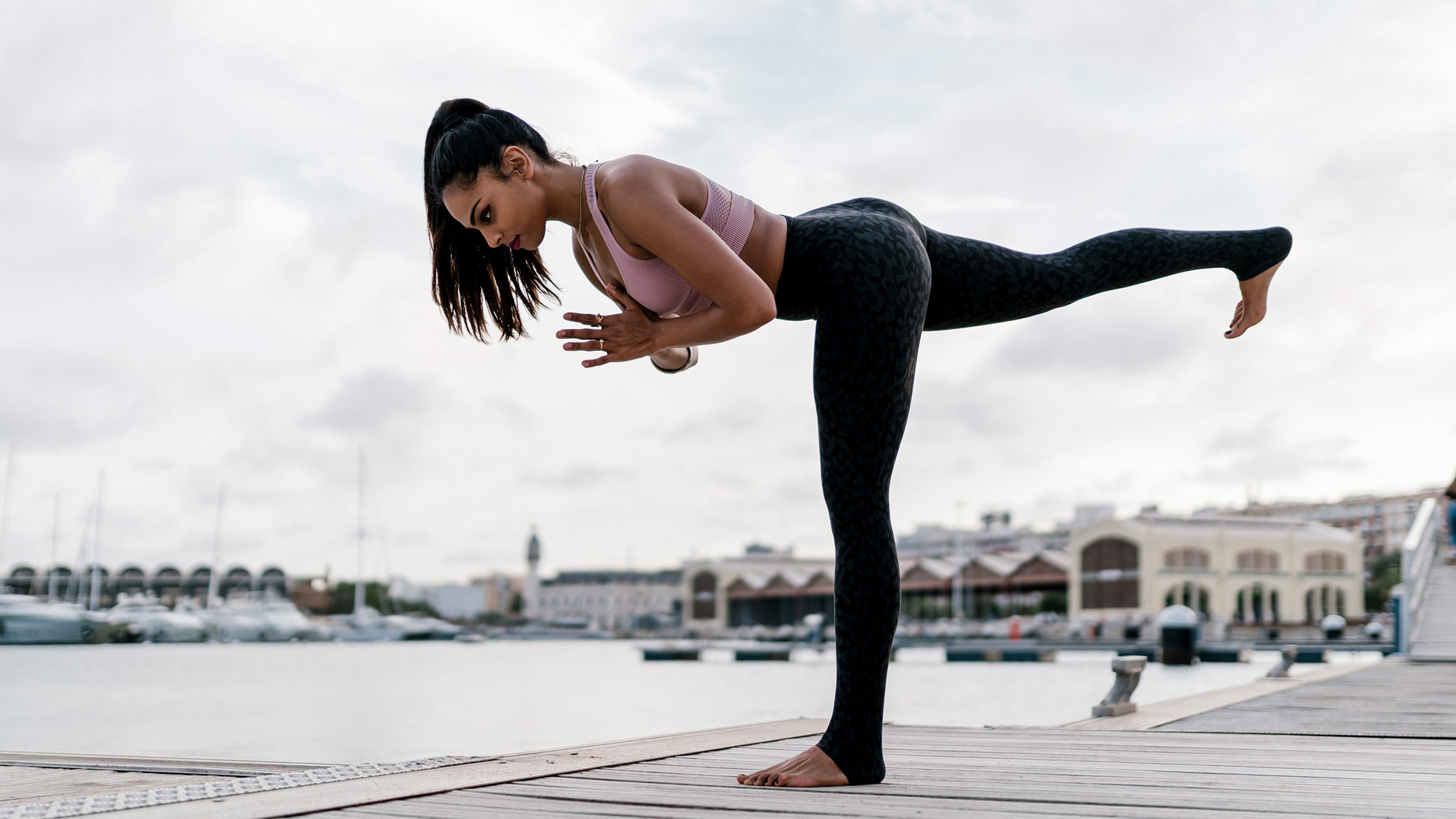
Yoga for Arthritis - A non-profit organization that promotes yoga for people with arthritis. They offer yoga trainings that are based on research to both health care professionals as well as people with arthritis. Their trainings and classes are specifically tailored for patients suffering from arthritis. Yoga for Artstritis offers training for yoga teachers to help increase the practice of yoga for arthritis. You can sign up for a complimentary class or become a yoga teacher for someone suffering from arthritis.
When it comes to the relationship between yoga and arthritis, it is vital to talk to your doctor before attempting any type of physical activity. Your doctor will be able to set limitations that will make it easier for your to practice yoga. Look for classes that are designed especially for those with arthritis. They must be trained and certified. Your instructor should know that you have joint pain. Based on your pain, a teacher can modify poses.

People with arthritis often recommend yoga. Certain poses are helpful for people with the condition and can correct a deformed posture. These positions can also be beneficial for people with sexual problems. The most common area that is affected by arthritis is the neck. These exercises can help relieve the pain by gently pulling the neck backwards. Begin by lying flat on your back, bending your knees. Your feet should not be more than a few inches apart. Next, bend your knees at the knees and lift your head off of the ground.
Although yoga is safe and effective for those with arthritis, it's important to check with your doctor before you start. To discuss the benefits of yoga, an orthopedist might be recommended if you experience joint pain in your neck and back. As with any physical activity, you should ask about the side effects and risks associated with yoga. It is important to understand what poses can be done without causing pain.
Yoga is not proven to be beneficial for people suffering from rheumatoid. However, there are some poses that can cause pain. For instance, tree pose can be harmful to the joints. This pose can make rheumatoid arthritic conditions worse. Meditation, breathing, relaxation, and meditation can all help with pain management. For relief, meditation and breathing exercises are also options. This will reduce your symptoms and improve your quality of life.

For people suffering from arthritis, asanas for arthritis can be very beneficial. These asanas relax the various joints of the body. An easy yoga asana can be used to relieve pain in the hands. It involves a simple leg-to–leg movement. It can improve flexibility and strength in the arms, hands, wrists, and neck. Some poses target the back and chest muscles. Although yoga has many positive benefits, it is important you are aware of its limitations and side effects to make sure that your practice is right for you.
FAQ
What is a good exercise routine?
Regular exercise is key to staying healthy. It doesn't matter what type of fitness activity you choose as long as you do it regularly. Consistency is key. You must be consistent if you are to see results.
Begin with a small amount of daily exercise (like walking). You can gradually increase the amount of exercise you do until you have 30 minutes each day. You can choose to run, swim, weight train, do yoga or take aerobics classes.
Try to make sure you exercise on all days of the week. If you have a reason to miss a session, don't skim it.
If you exercise outside, ensure that you wear appropriate clothing and footwear. You also need to consider the weather conditions and whether they affect your ability to exercise safely.
Make sure that you drink plenty of water while you're exercising. Avoid drinking alcohol during this time because it can cause dehydration. Avoid caffeinated drinks, such as coffee, tea and cola. They may give you energy, but they will also dehydrate you.
At first, it's normal to feel tired after you finish your exercise routine. But if your workouts are continued, you will feel more energetic.
What is a good schedule for a 7-day work out?
A seven-day exercise plan should include cardiovascular training (running/biking/swimming), strength exercises (using weight machines, free weights) and one flexibility/core program (yoga or Pilates). It is important to complete each activity at least once weekly. Each session should not last more than 45 minutes.
Cardiovascular Exercises: Running, biking, swimming
Your goal is to exercise at least 60 minutes each week. For best results, aim for 75 minutes per week. Cardio exercises can increase blood flow and stimulate the growth of muscles.
Strength Training
Cardio exercises work on the heart and lungs. Strength training works on the muscles and bones. Strength training helps you burn calories even while resting.
Flexibility & Core Workouts
Core and flexibility exercises are great ways of strengthening your whole body. Both yoga as well as Pilates are great choices.
How many calories per day should I consume?
It varies from one person to another. On average, 2000 to 2500 calories are consumed per day. It is important to consider your lifestyle and determine how many calories you'll need.
How to Build Muscles Fast
Eating healthy foods and lifting weights regularly is the best way to build muscle fast.
When you're fresh and ready to do something, early morning is the best time for working out.
Exercises such as push-ups and bench presses are good options.
Take a look at different weight training options and make sure to drink plenty of fluids throughout the day.
Statistics
- Get free shipping and 25% off today. (healthline.com)
- The PRS enabled risk stratification for overall prostate cancer and lethal disease with a four-fold difference between men in the highest and lowest quartiles (HR, 4.32; 95% confidence interval [CI], 3.16-5.89). (pubmed.ncbi.nlm.nih.gov)
- Cardmembers earn 5% Back at Amazon.com with a Prime Credit Card. (amazon.com)
- Candidates and applicants must pass all four tests at 70% (minimum level) to graduate from Basic Deputy U.S. Marshal (BDUSM) Training. (usmarshals.gov)
- 10 pounds in a month is likely during a lean bulking phase, especially for beginners. (muscleandstrength.com)
External Links
How To
What is the healthiest food for men?
Men should eat five meals a day of fruits, vegetables and other healthy foods. Men should also limit their consumption of red meat and avoid fast food.
Vegetables and fruits are rich in antioxidants, which can protect against cancer and cardiovascular disease.
Vegetables include broccoli, cauliflower, carrots, spinach, tomatoes, peppers, cucumbers, lettuce, mushrooms, etc.
High in fiber and protein, beans and peas also have high levels of protein.
A great source of omega-3 fatty acid is nuts and seeds. The brain functions and production of hormones require omega-3 fatty acids.
Fish is another good source of omega-3s. Mercury is more abundant in fish than in most other meats. However, fish liver oil does contain fewer toxins.
The average growth and development of the body is dependent on Omega-6s, which are found in vegetable oils, such as corn, soybeans, sunflower, safflower, and cottonseed oils.
Poultry provides a lot of lean meat. Chicken breast is the most nutritious meat.
Lean beef has low levels of cholesterol and saturated fats. Avoid eating too many red meats as iron intake can increase the risk of developing prostate cancer.
Avoid processed meats like sausage and hot dogs. These processed meats contain nitrates that can cause cancer.
Exercise is essential to maintaining good health. But what if you're already working out regularly? Is there anything else you can do to maintain or improve your physical condition?
Yes! You can do several things to make sure you get the most out of your workouts. These are some tips that will help you get the most out of your workouts.
Start slowly. Injure yourself if your first session is too intense. Start at a pace where you feel comfortable and gradually build up your intensity over time.
Stretch before and afterwards. Stretching helps loosen tight muscles, reduce muscle soreness, and improve flexibility. You can stretch by lying down, standing up, or walking around.
Cool down. This is especially important for cardio exercises. You need to allow your body time to rest between sessions so that it doesn't get tired. For cooling down, you can walk slowly, take deep breathes, or go for short swim.
Hydrate. Hydration is key to reducing muscle cramps and keeping you hydrated. Water is the best choice, but you can also drink sports drinks.
You must eat right. Get enough calories in each day. It will keep you feeling energized and focused while you work out by eating regular meals throughout each day.
Get some sleep. If you get adequate sleep, your body will be energized and ready to go for your next workout. The best way to heal tissues is through sleep.